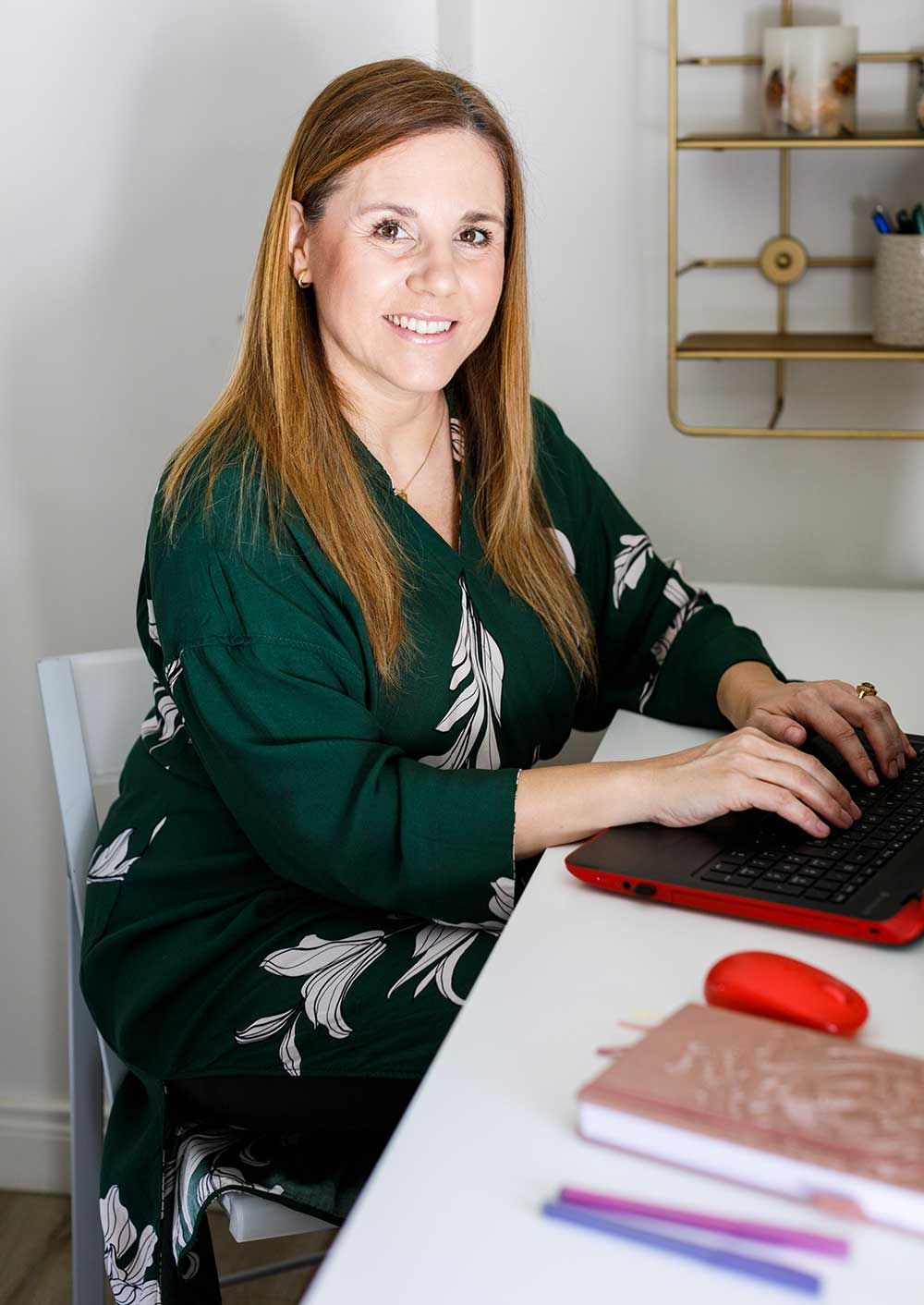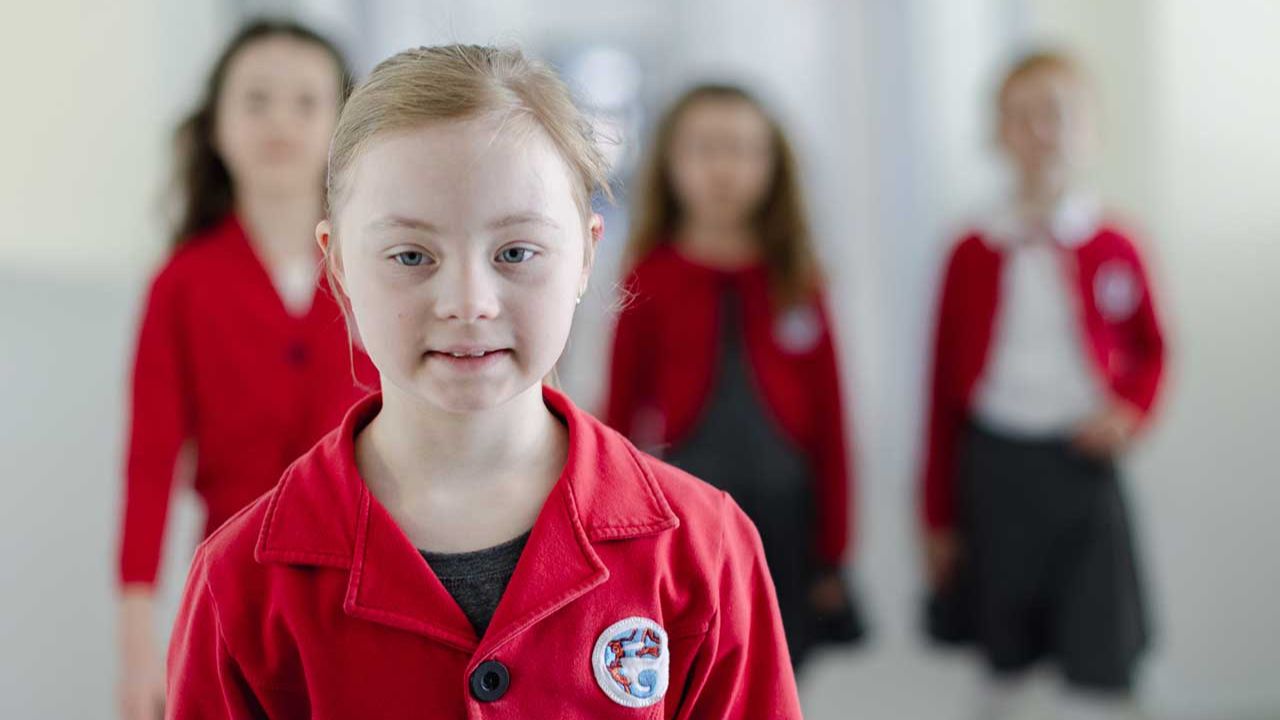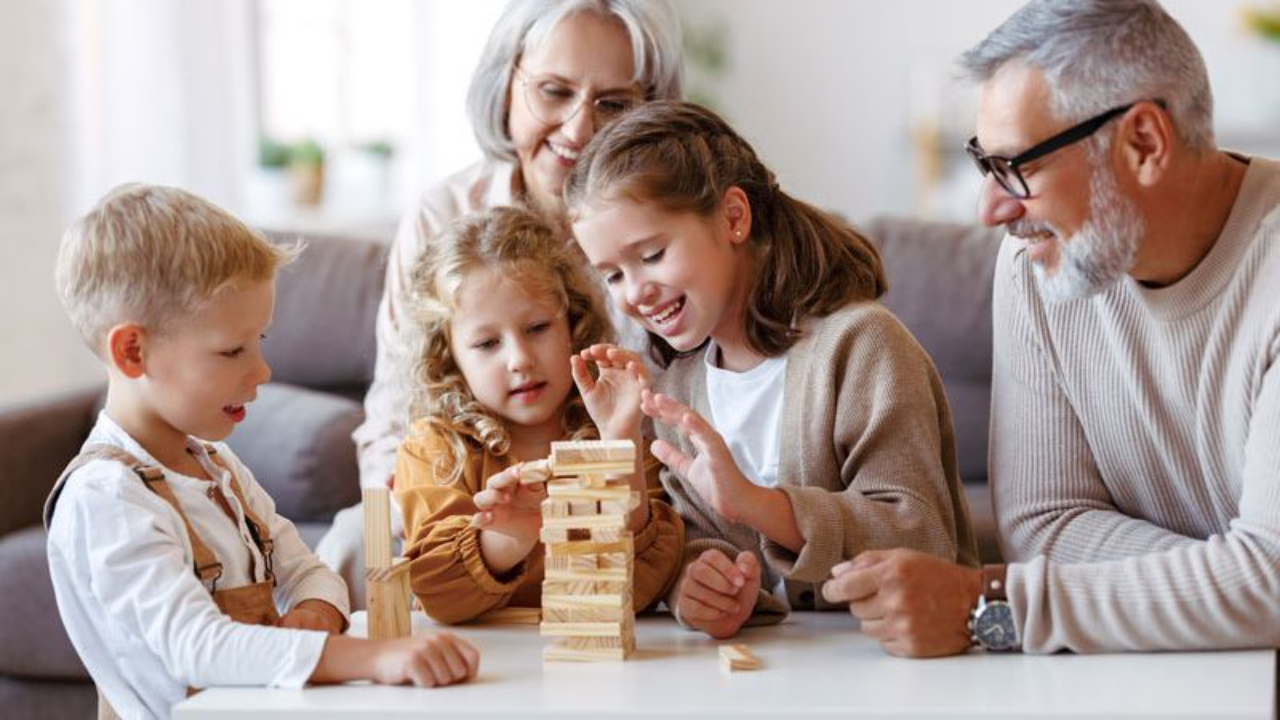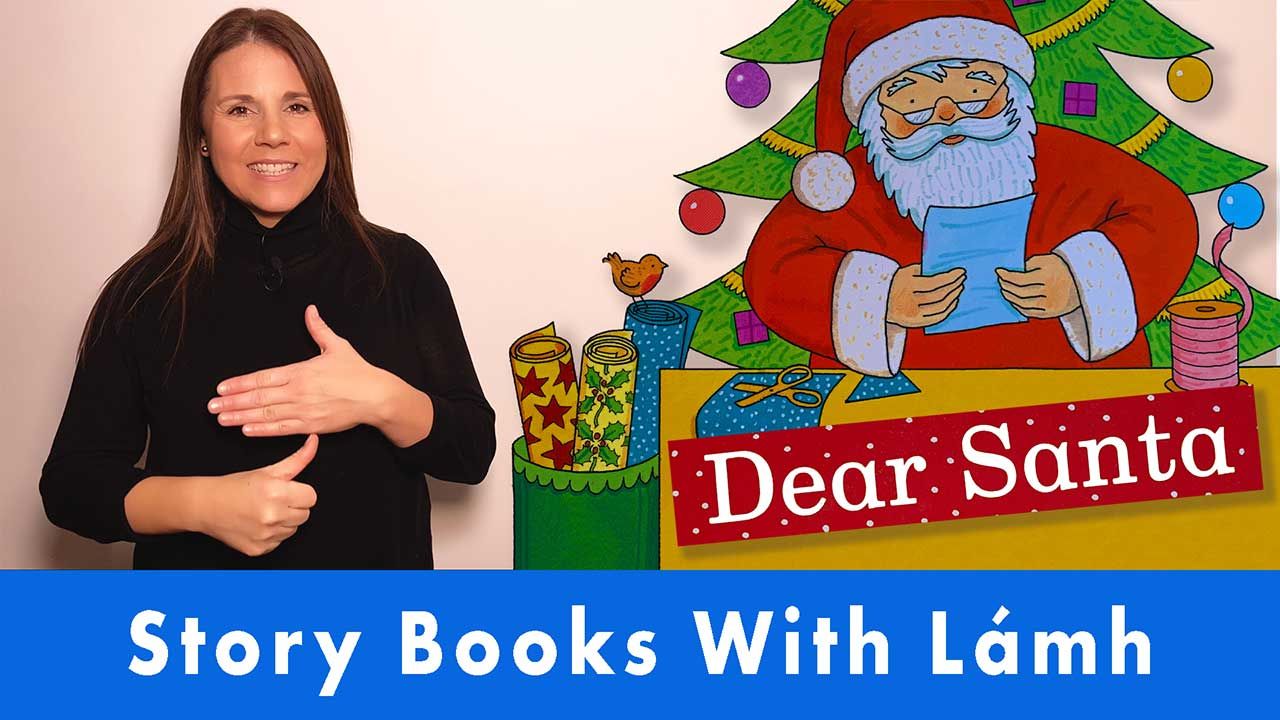
Hi, I’m Silvia.
In my blog, I discuss early intervention and how to build inclusive communities where children of all abilities are valued and supported.
Join My Newsletter
With World Down Syndrome Day this week, I wanted to share a personal story that has shaped my life. It's about my childhood friend Monica, who had Down Syndrome.
A story about friendship, inclusion and inspiration.
I met Monica when I was around 6 ...
As an education consultant who has worked with many parents and teachers of children with additional needs, I have noticed that rewards are often used to manage children's behaviour.
In particular, some approaches geared towards autistic children he...
In this blog post, I wanted to answer a question sent to me by a teacher.
The Question:
"I am supporting a Junior Infant girl with Down syndrome. She is bright and happy yet very stubborn regarding what she will do. She walks out of the classroom mi...
Based on my experience working with families for over 20 years, I have observed that many couples become more robust as they navigate the challenges of parenting a child with additional needs. However, it is important to acknowledge that some couples...
I started working with some new families in early January. It has been exciting to get to know the little ones and find ways to bond with them before we start an early intervention programme.
Visual supports are among the first supports I encourage fa...
In this blog, I answer a question sent by a preschool teacher:
The Question:
"I would love to know more about how to deal with children with autism in the preschool room who don’t have language or social skills and don’t like other children coming cl...
In this blog, I respond to a recent question from an early years educator.
The Question:
"How do you stop a child with Down Syndrome from throwing toys? We have tried a box and asked her to look in the box and show her, which she will do. But then,...
Learning to control one's breath flow is critical in developing speech.
From a young age, babies experiment with this as they make sounds and babble. When babies are "blowing raspberries," they discover they can inhale and exhale to produce a sound....
I often talk about inclusion of children with disabilities in our communities. But before we can look at inclusion in the community, we must remember that inclusion starts within the family circle.
Enjoying a family meal, going to the playground w...
Christmas is a time of celebration and fun.
But being off school, changes in routine and family gatherings can sometimes be difficult for children with additional needs.
Over the years, through my experience as a mum and working with other familie...
It's the season for school Christmas concerts and plays, and there is lots of excitement in the classroom as children rehearse for the Christmas recital.
Today, I want to share some points to consider when planning Christmas concerts with children w...
This blog has a surprise for you: a Christmas story read with Lámh signs.
I recorded a video of the book "Dear Santa" by Rod Campbell.
You will find a list of the Lámh signs used below, as I use a combination of Lámh signs and natural gestures, so ...
In today's blog, I answer a question a mom sent me recently:
How can I teach pointing to my 2-year-4-month-old nonverbal child, so he can tell me what he wants?
So let's go straight to the point and learn all about pointing.
Pointing is an importa...
Enable Ireland has launched its new Podcast (and a video version of it, too), called Enable Conversations, and I was honoured to be their first guest.
In this conversation with its host, Sebastian Koppe, I speak about my experience as a parent and p...
Special thanks to Ciara & Clodagh Burke, AKA The Love Lámh Sisters, for featuring in this video. Ciara Burke & Clodagh, The Love Lámh Sisters, are two young girls passionate about Lámh signs. They started learning Lámh from their mum, a teacher in a ...
Readers' Favorites

Letter from a father to his son (Written 100 years ago!)
Last week, while reading a new book, I came across a letter that a father wrote to his son back in 1923, one hundred years ago! The letter touches on the same struggles that parents face today, making it a timeless piece that every parent should read.

How to stop a child from throwing things
From a cognitive development perspective, children are learning about cause and effect. By throwing, children learn about gravity; they observe how some objects bounce, other things break, and others make a big noise as they land on the floor.
















